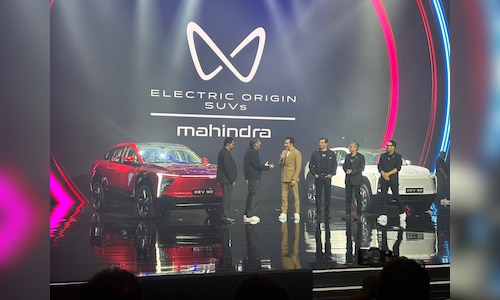
In an exclusive interview with CNBC-TV18, Jejurikar said, “BE 6e and XEV 9e, both of these are electric origin SUVs, and they’re built on what we call the INGLO platform… same platform, but they look very distinctive. So different types of customers will get appealed to each and we’re really bringing next stage technologies into these products and next stage features”
He emphasised that Mahindra’s approach is not about competing directly with models like the Tata Curvv, Kia Seltos, or Maruti’s Ertiga but about focusing on its customers. “We don’t target a specific product when we develop our strategy. Instead, we think about which customers would choose us,” he explained.
Also Read: Mahindra’s new electric SUVs to offer up to 650 km range and 80% charge in 20 mins
The BE 6e, priced at an introductory ex-showroom rate of ₹18.90 lakh, is positioned to capture a significant share of the ₹20–30 lakh on-road price segment. Jejurikar noted that this pricing aims to make premium features more accessible, thereby broadening Mahindra’s appeal in the compact SUV market.
Commenting on the competition in the compact electric SUV segment, Jejurikar expressed confidence in Mahindra’s customer-centric strategy. He acknowledged the arrival of competitors like the electric Hyundai Creta and Maruti Suzuki’s Vitara but downplayed their impact, stating, “We don’t focus on competition; we focus on the consumer.”
A standout feature of the BE 6e and XEV 9e is the Sonic Studio system, which includes 16 Harman Kardon speakers and Dolby Atmos technology. Jejurikar described this as delivering “a studio-tuned experience” that elevates in-car entertainment.
These innovations, he explained, are designed to attract customers from various segments by offering features that stand out from competitors. He also noted that increased competition could benefit the segment by breaking down barriers and supporting ecosystem development in a market where electric vehicle (EV) penetration remains at just 2%.
Read More: Tata Sierra to launch by late 2025, EV variant to debut first
(Edited by : Vivek Dubey)



